This is a supplement to “How To Cut Curbs and Harvest Street Runoff” in chapter 8 of Rainwater Harvesting for Drylands and Beyond, Volume 2, 2nd Edition… That is why this supplement begins…
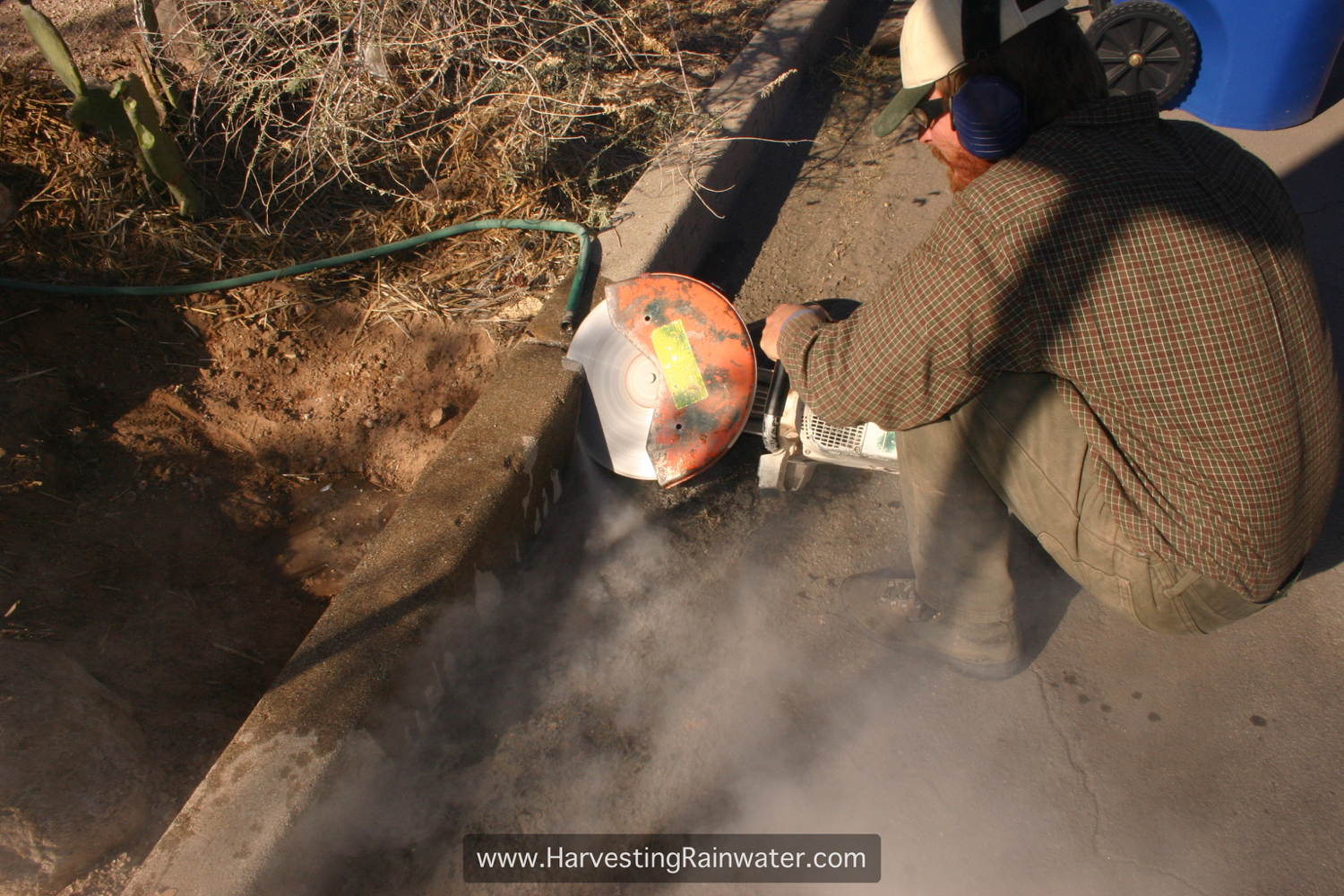

This is a supplement to “How To Cut Curbs and Harvest Street Runoff” in chapter 8 of Rainwater Harvesting for Drylands and Beyond, Volume 2, 2nd Edition… That is why this supplement begins…

How rainwater cisterns can be placed to harvest the warmth and light of sun in cool/cold times, while harvesting cooling shade in hot times… This makes the rainwater in the tanks go further,…
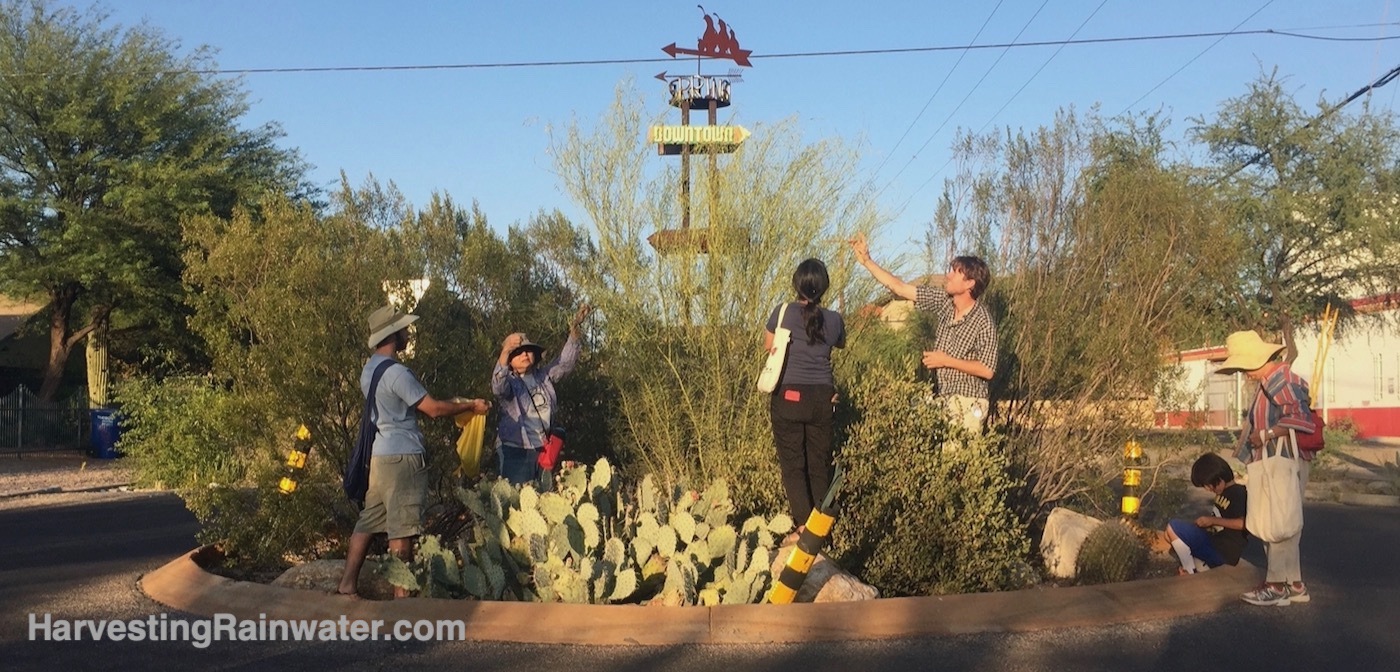
These multi-use rain-garden plants lists are invitations to collaborate with and enhance living systems in our shared built environments… They are the result of striving to transform simple plant lists into more dynamic…
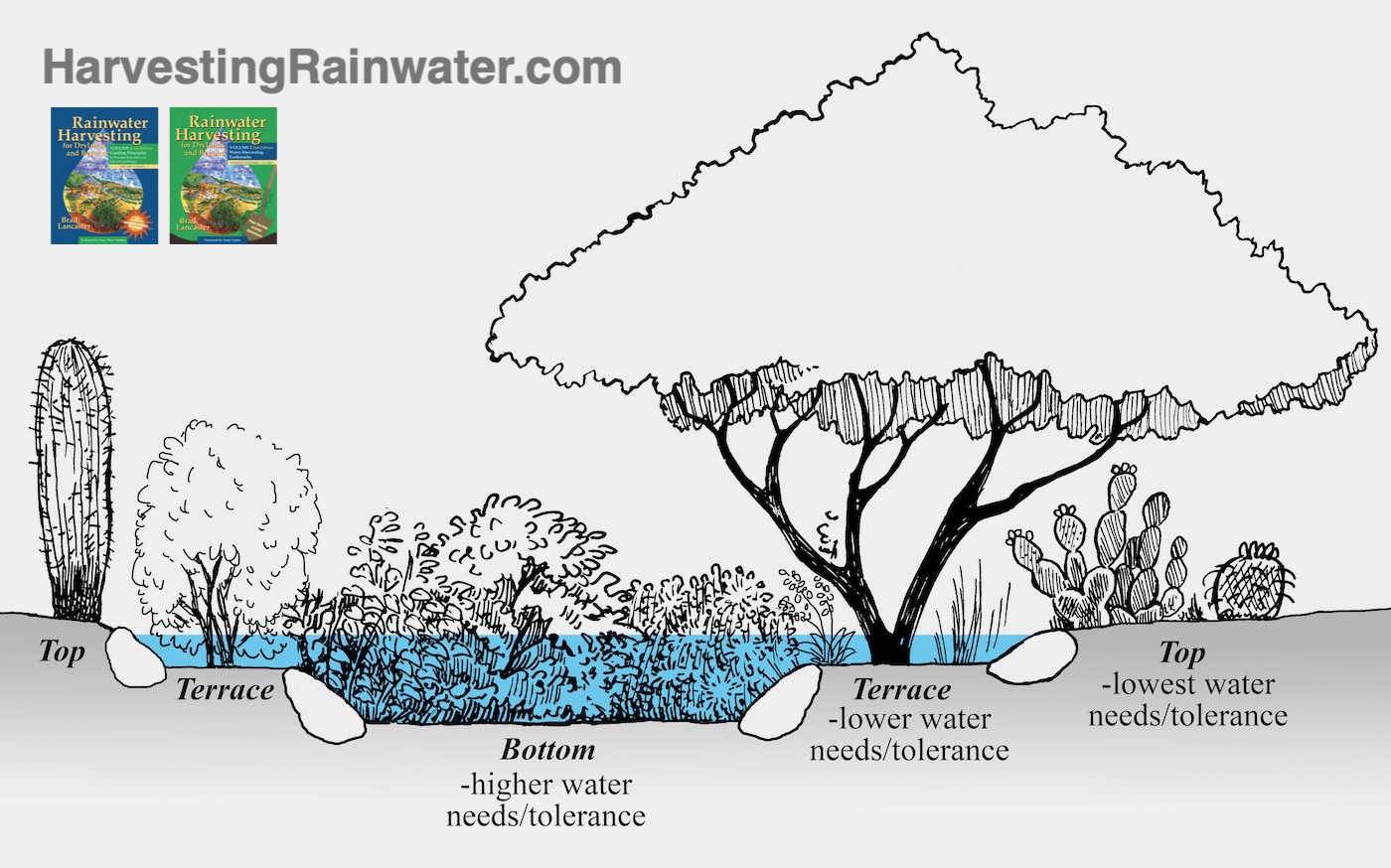
There are three rain-garden planting zones, each for a different microclimate within a rain garden… Bottom – typically bottom of a basin or swale.Prone to temporary pooling of water and cold air (cool…
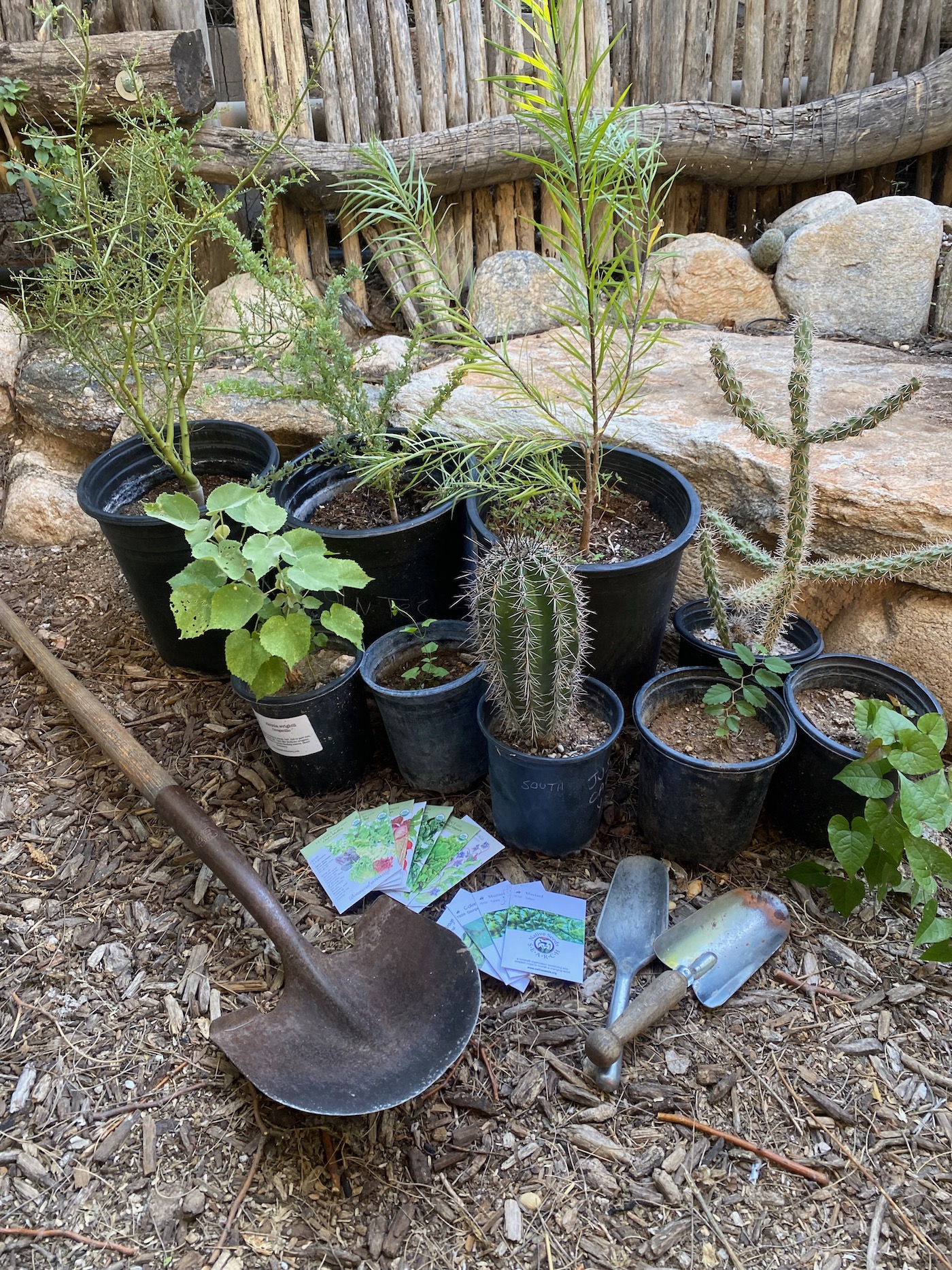
This is a month-by-month planting guide for food plants in the Tucson area, southern Arizona, and northern Sonora Mexico… It is compiled from Desert Harvest, Tucson Organic Gardeners’ Composter newsletter, Native Seeds/SEARCH planting…
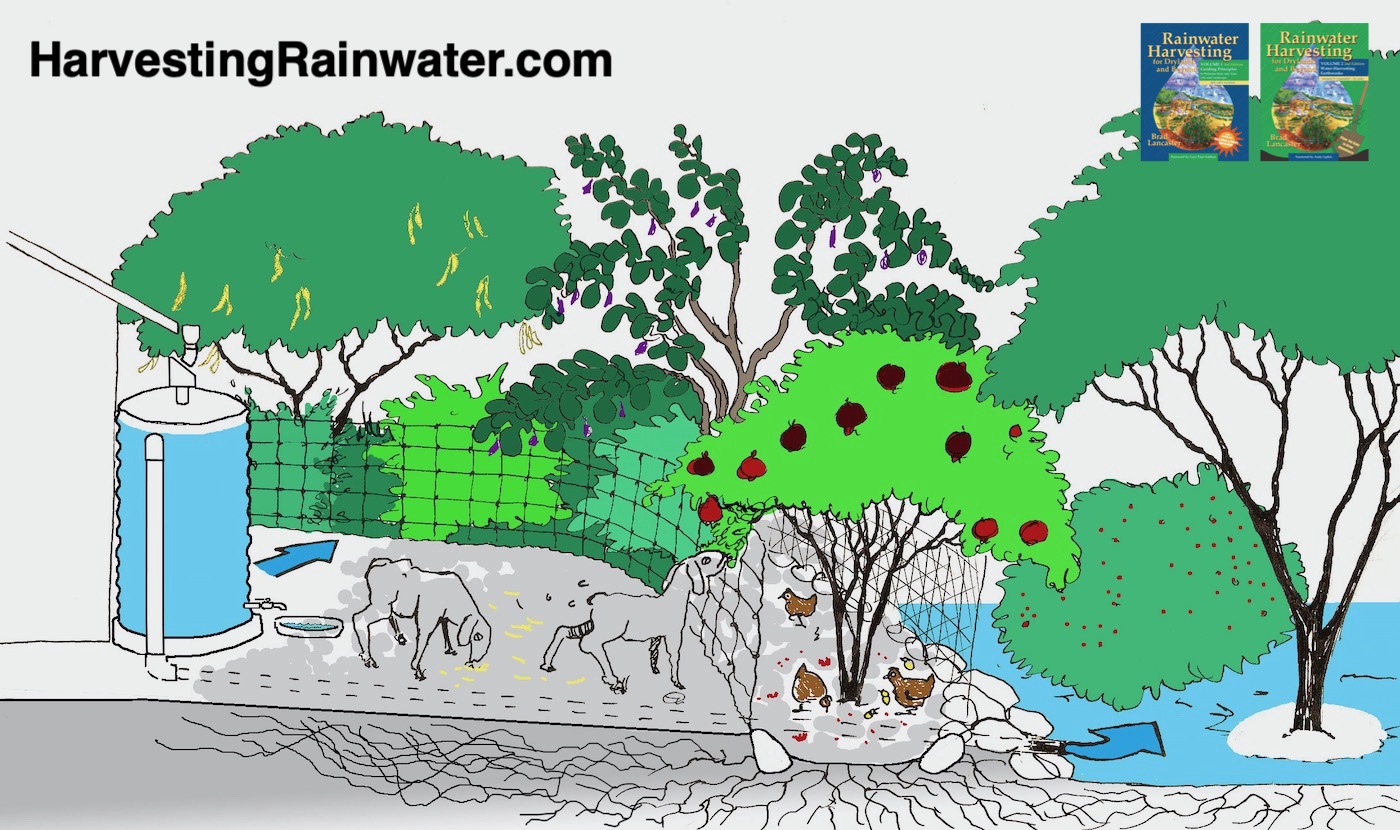
Compiled by Brad Lancaster from various sources listed below Plant the following GOOD plants — especially those native to your area — within or beside water-harvesting earthworks around your goat pen and along…
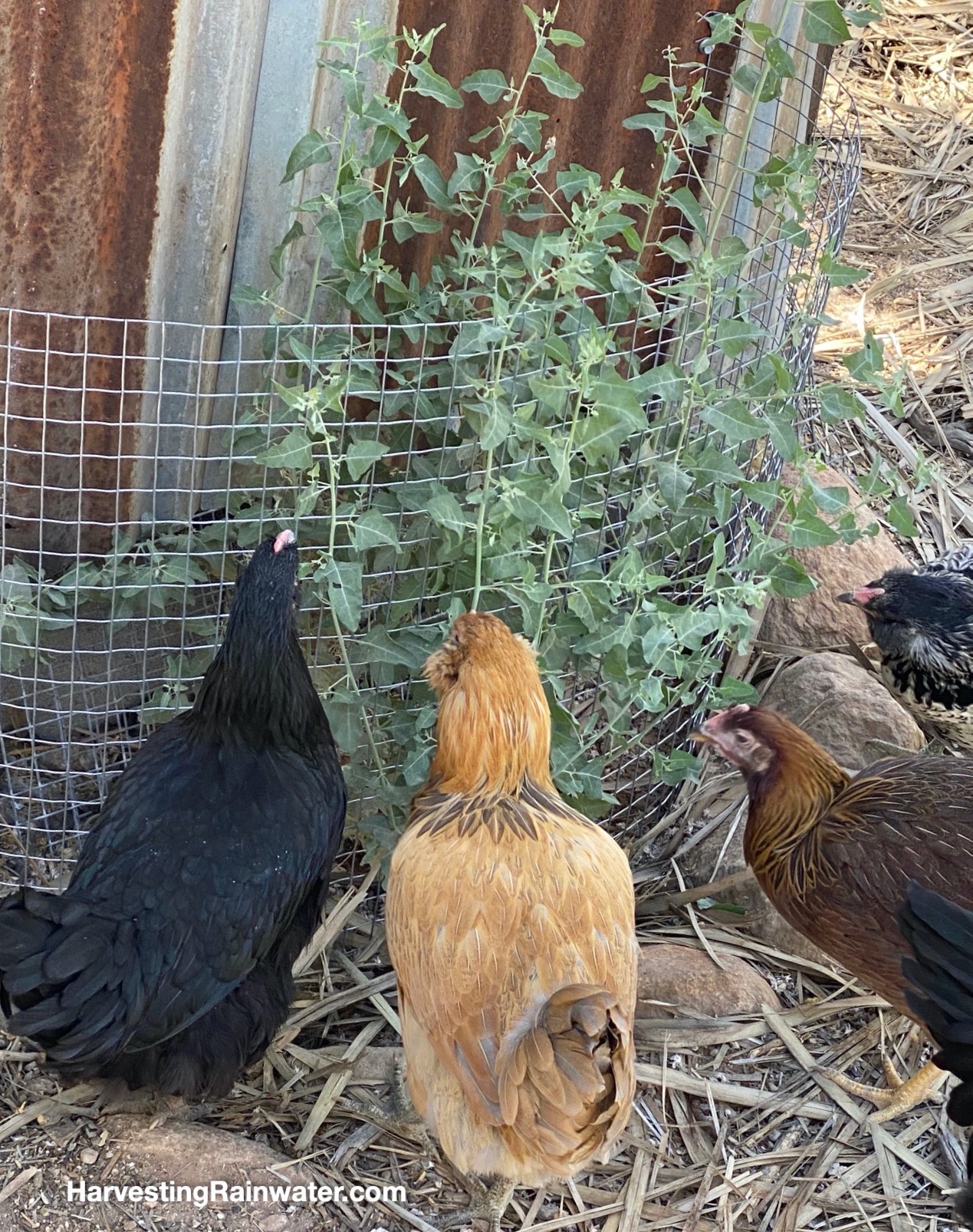
Mostly native, plus a few exotic plants also loved by chickens. These plants grow well in Tucson, Phoenix, Hermosillo, and throughout the Sonoran Desert. All but the shortest plants provide shelter for the…
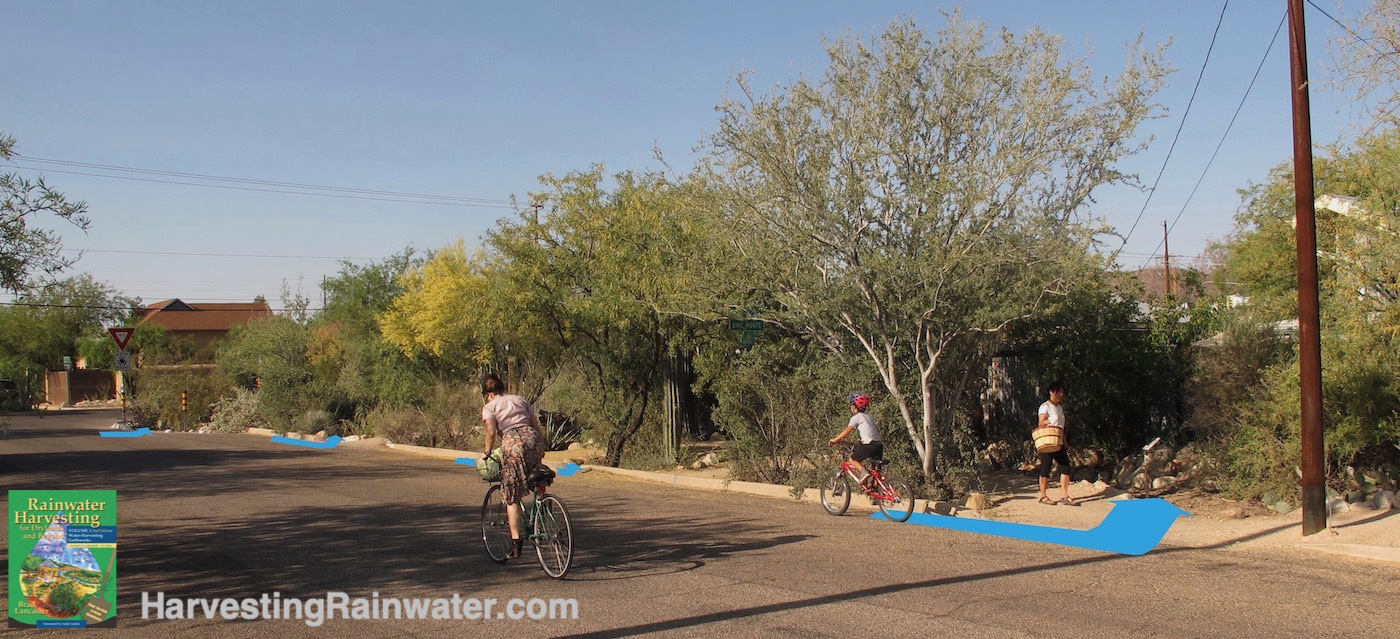
Dunbar/Spring Neighborhood Native Food Forest. Tucson, Arizona, USA. Latitude 32.2˚N. Elevation 2,555 feet (779 meters). Tucson, Arizona, USA. Average annual precipitation 11 inches (280mm)… Ideally, you plant the rain before you plant your…
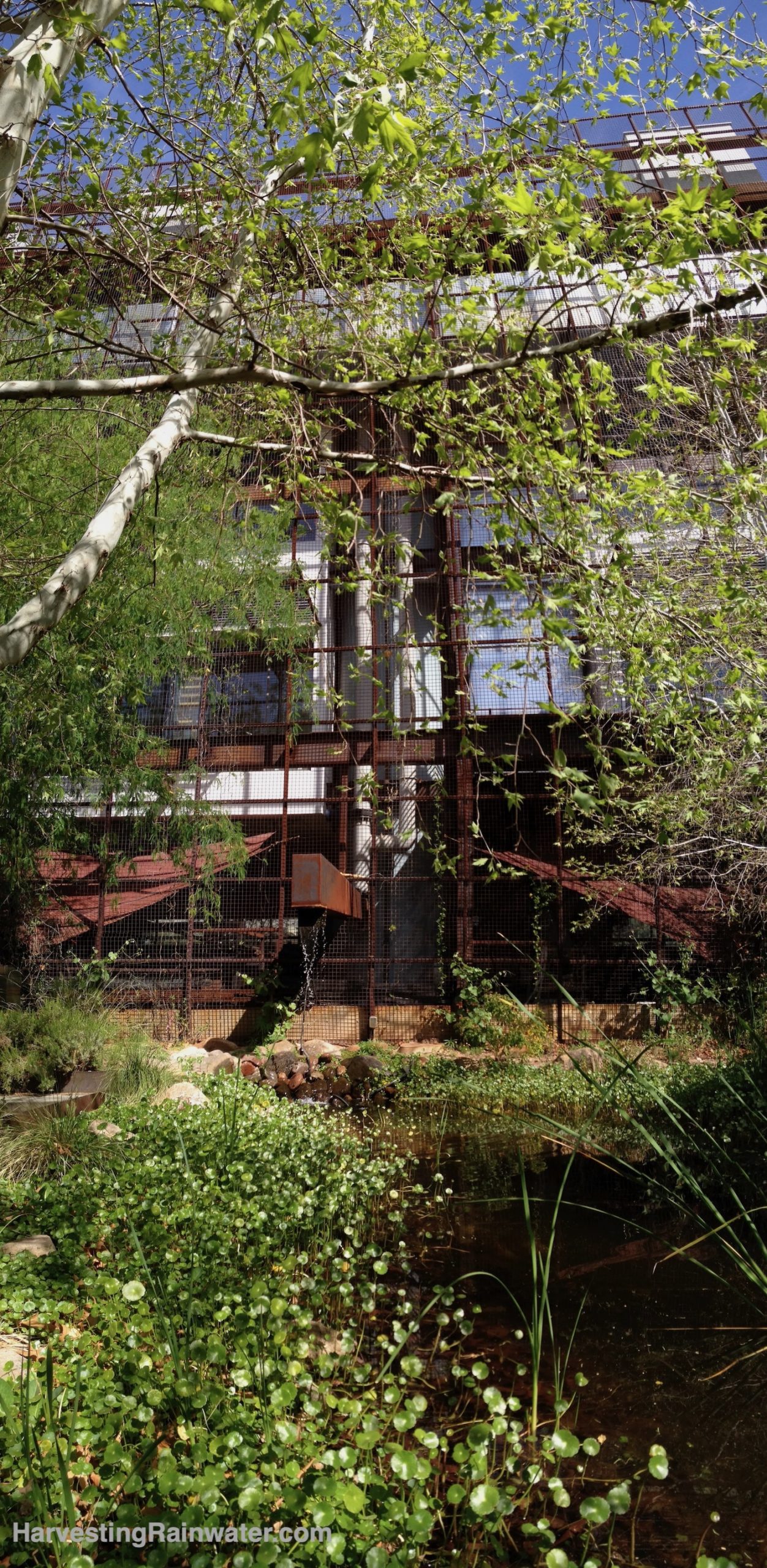
Underwood Family Sonoran Landscape Laboratory. College of Architecture, Planning, and Landscape Architecture (CAPLA). University of Arizona. Tucson, Arizona, USA. Latitude 32.2˚. Elevation 2,555 feet (779 meters). Average annual precipitation 11 inches (280 mm).…
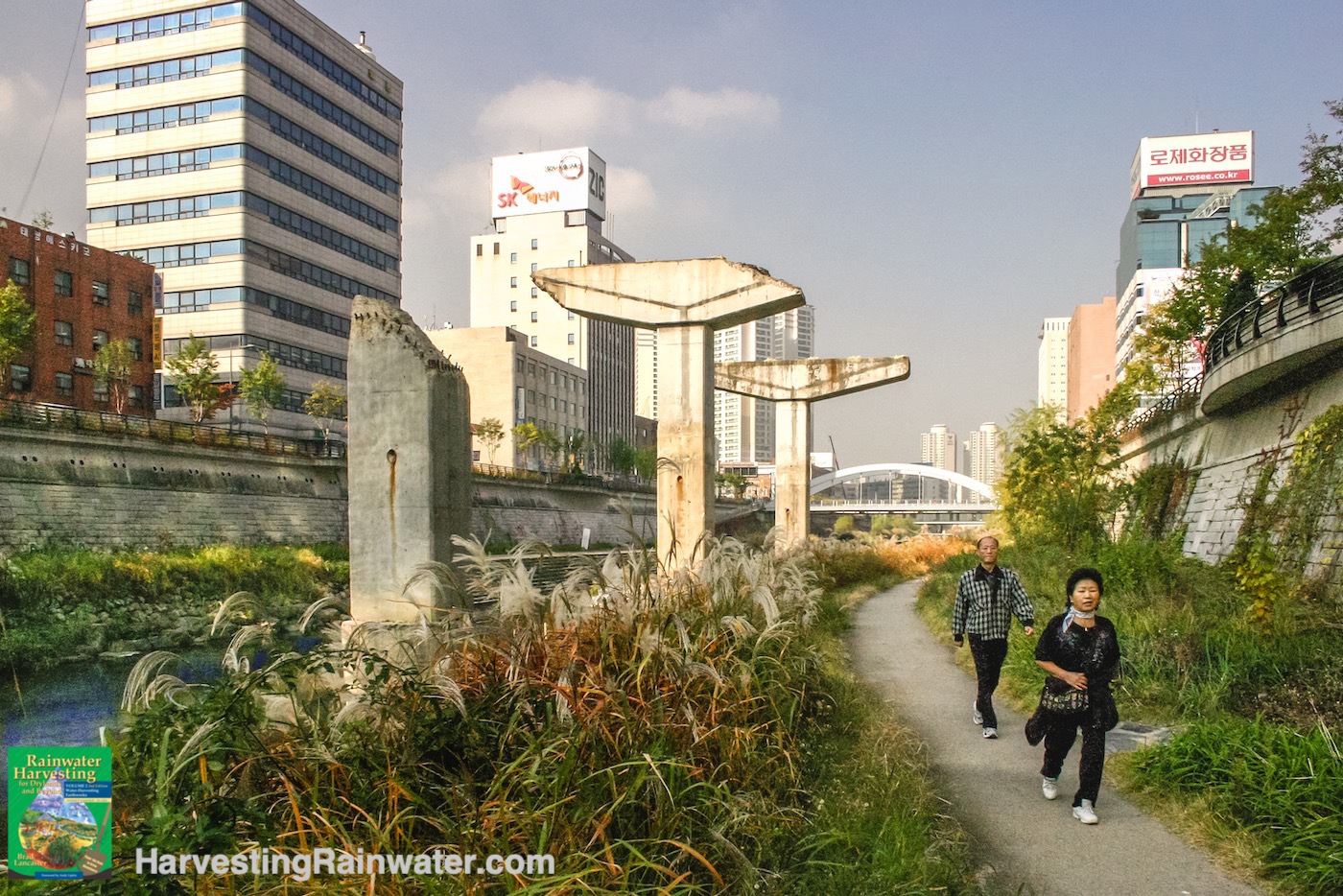
De-pave and re-enliven… Daylighting the Cheong Gye Cheon River in Seoul, South Korea Daylighting one city block of buried waterwayat Los Angeles Ecovillage, California Daylighting section of Dolph Creek at Headwaters Project in…